Always a pacesetter: MoMA pays tribute to the early works of Yoko Ono
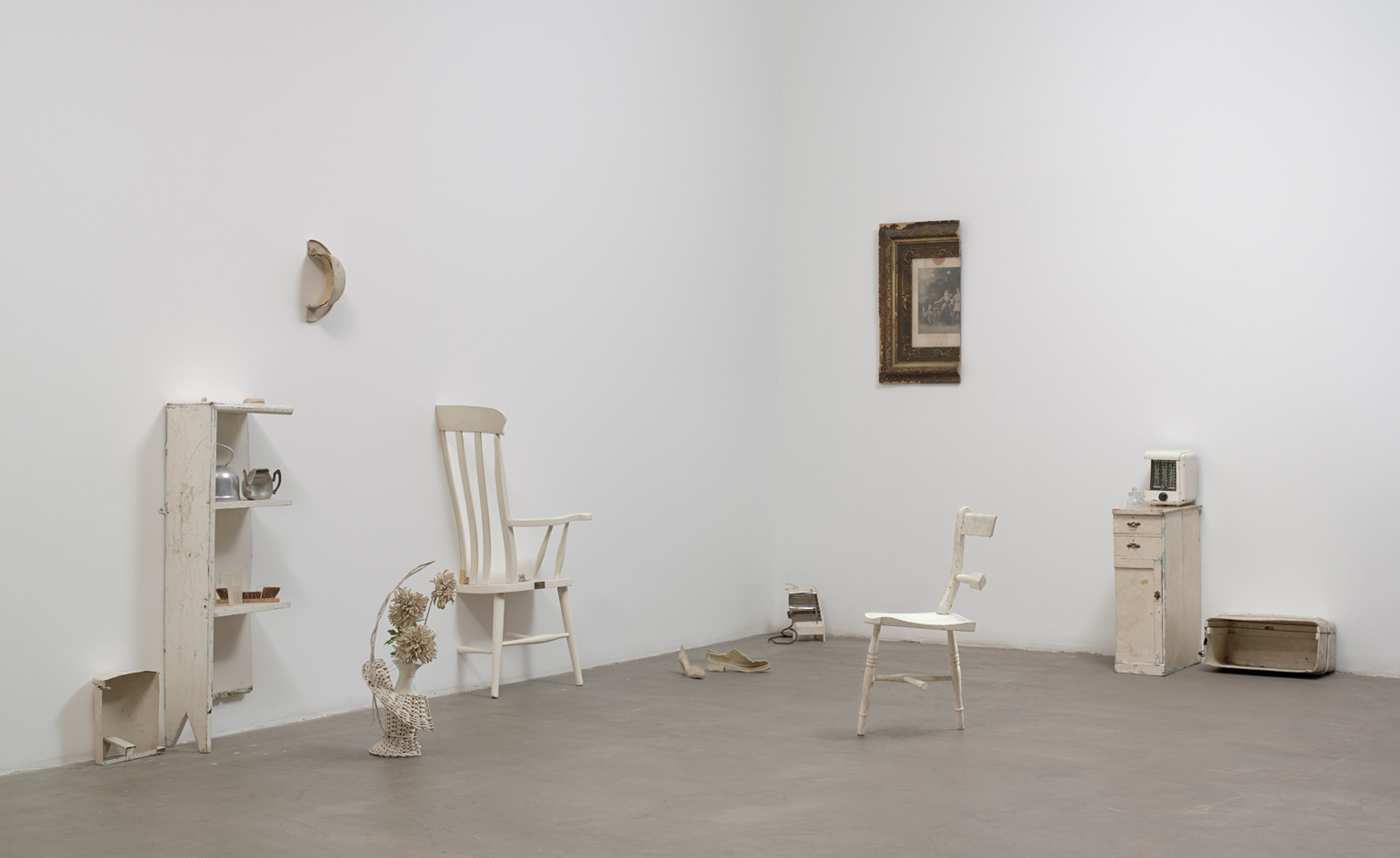
For decades, conceptual and performance artist and experimental filmmaker Yoko Ono has led the pack when it comes to cutting-edge creativity. And now the Museum of Modern Art is showcasing her early innovative endeavours with 'Yoko Ono: One Woman Show, 1960-1971'.
MoMA has always been a bit of a home base for Ono's early outside-the-box creations. Back in 1971, she announced her first one-woman show, which she rather irreverently titled 'Museum Of Modern (F)art'. Just outside the museum's front doors, a man touted a sign stating that Ono had released dozens of common houseflies inside and invited visions to witness those winged creatures. MoMA curators were aghast, not least because the show wasn't even prepared for them. That was at a time when MoMA championed virtually no female nor Asian artists.
For this new, comprehensive show, curators Christophe Cherix and the somewhat controversial Klaus Biesenbach - whose Bjork exhibition is still hotly contested by journalists - gathered together one hundred and twenty five of her early objects, installations, performances, audio recordings and films to feature alongside her rarely seen archival materials.
'Central to Ono’s work since the 1960s has been her unwavering devotion to revealing beauty in everyday encounters and promoting world peace,' notes Cherix. 'These ideas have remained remarkably current in contemporary art, politics, and society.' For her 1966 'Apple', she placed that solitary piece of fruit on a plexiglas pedestal. Then in 1967 'Half-a-Room' displayed a chair cut right down the middle. Museum goers can also listen to the artist and her Beatle rocker husband John Lennon's Plastic Ono Band.
'During the first decade of her career, Ono played a pioneering role in the international development of Fluxus, Conceptual art, experimental film, and performance art,' adds Cherix. Beyond elevating the ordinary to an art form, Yoko injected a daring participatory element into her groundbreaking work, 'Ono's earliest works were often based on instructions that Ono communicated to viewers in verbal or written form.' Simply consider her pivotal 1964 'Cut Piece' performance when she asked viewers to snip away her clothing while she sat quietly on stage. The film captures that then surprising experience.
For those hankering to take part in her interactive body of work, MoMA offers the perfect opportunity via Ono's 1966 'White Chess Set', where she sought to alter the very rules of that board game. In her version, players work together so that the game can progress.
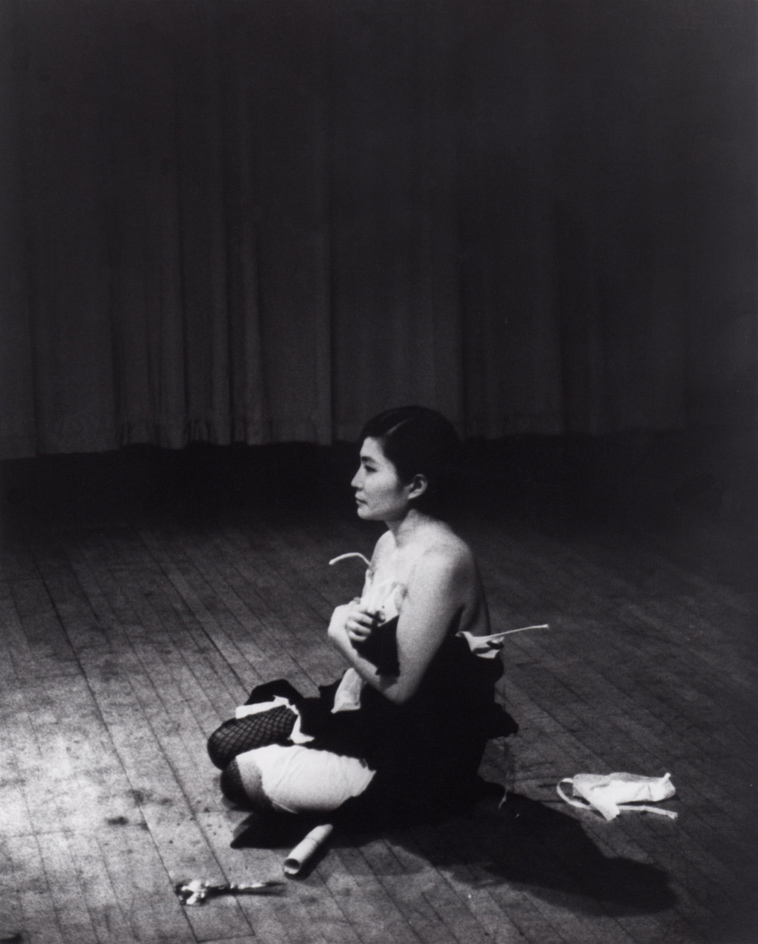
'Ono's earliest works were often based on instructions that Ono communicated to viewers in verbal or written form,' explains curator Christophe Cherix. Pictured here: 1964's 'Cut Piece' performance, where the artist asked viewers to snip away her clothing while she sat quietly on stage
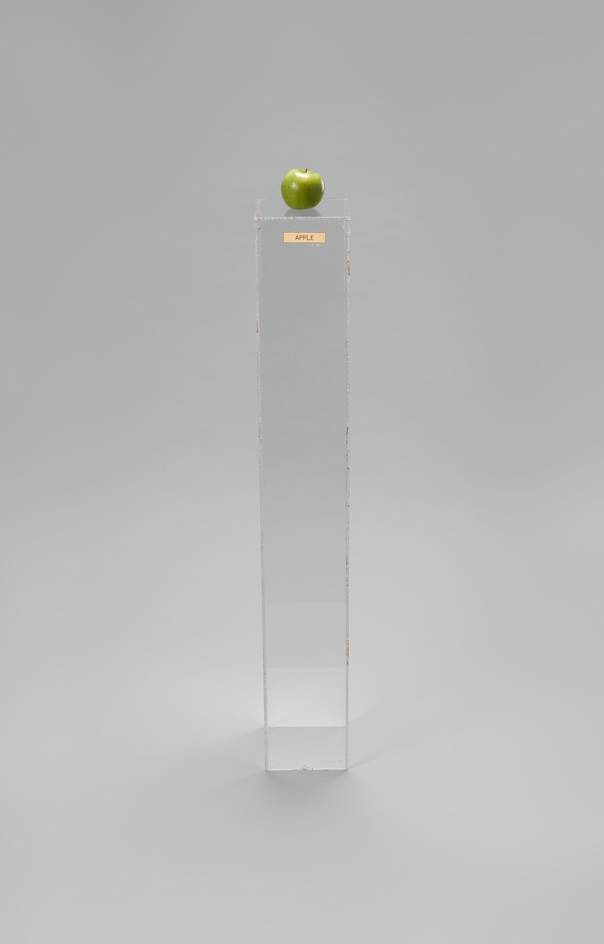
For her 1966 'Apple', she placed that solitary piece of fruit on a plexiglas pedestal, elevating the ordinary to an art form
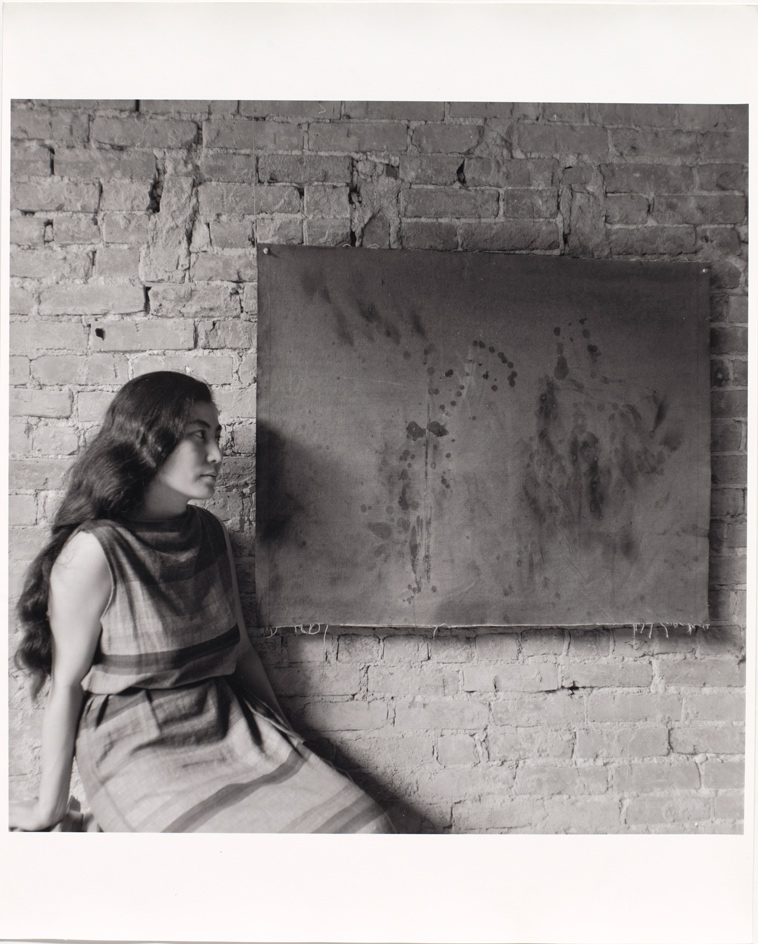
'Central to Ono’s work since the 1960s has been her unwavering devotion to revealing beauty in everyday encounters and promoting world peace,' notes Cherix
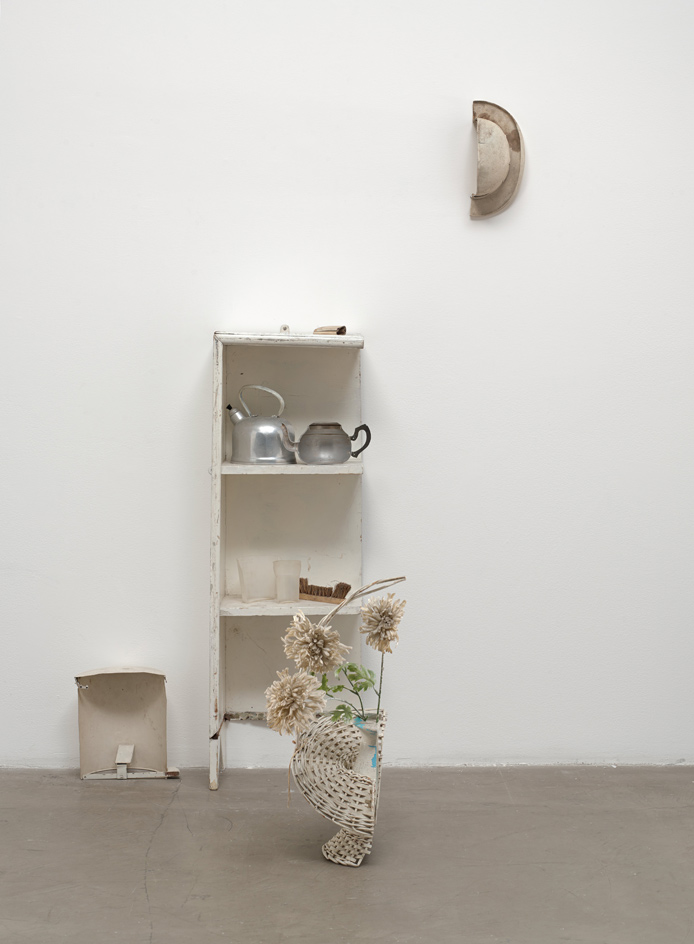
For her 1967 'Half-A-Room', Ono simply cut everything in half
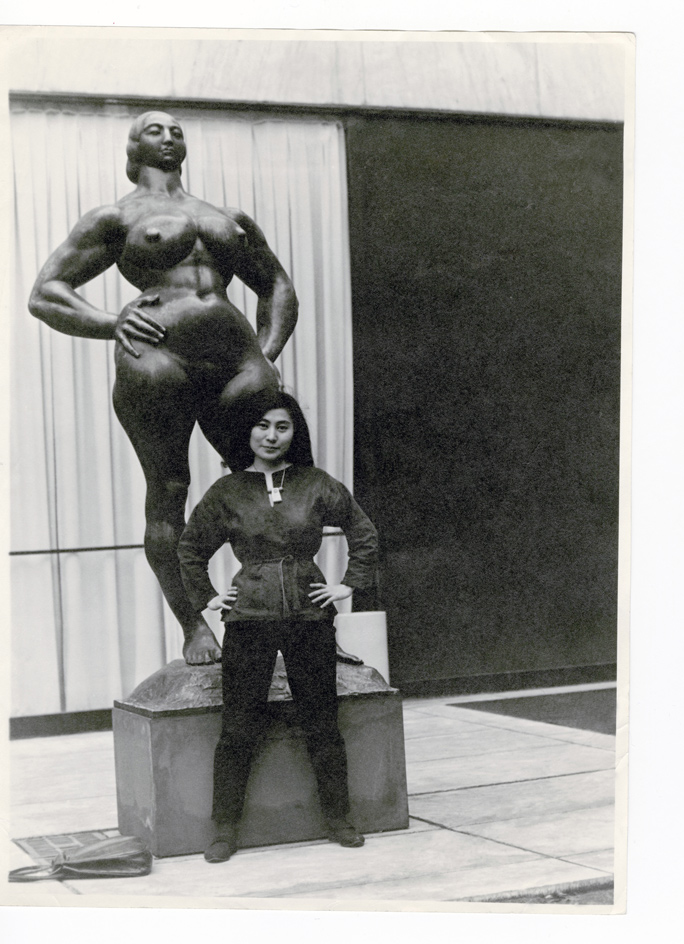
The exhibition gathers one hundred and twenty five of her early objects, installations, performances, audio recordings and films to feature alongside her rarely seen archival materials
ADDRESS
Museum of Modern Art
11 West 53 Street,
New York, NY 10019
Receive our daily digest of inspiration, escapism and design stories from around the world direct to your inbox.
-
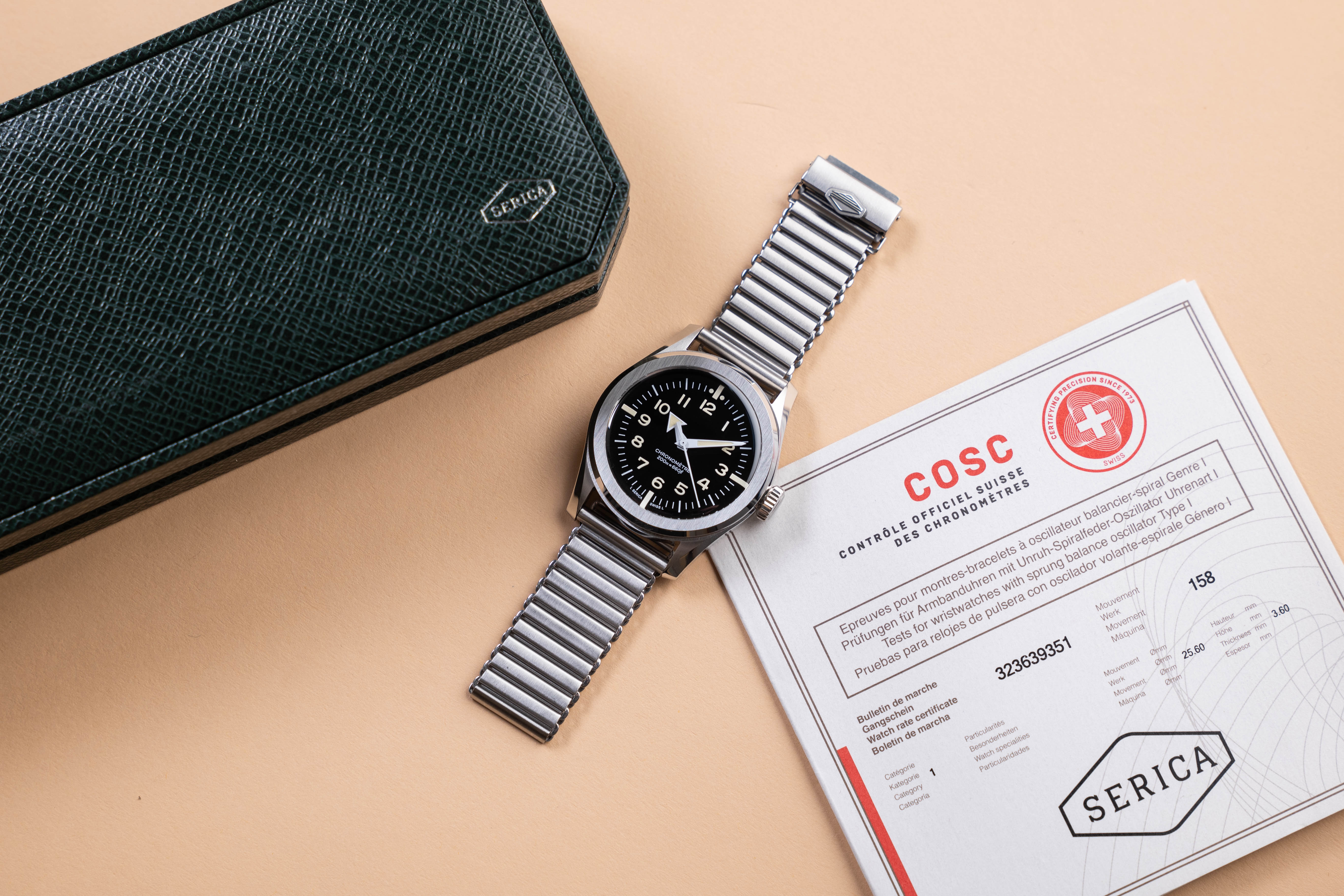 Click to buy: how will we buy watches in 2026?
Click to buy: how will we buy watches in 2026?Time was when a watch was bought only in a shop - the trying on was all part of the 'white glove' sales experience. But can the watch industry really put off the digital world any longer?
-
 Don't miss these art exhibitions to see in January
Don't miss these art exhibitions to see in JanuaryStart the year with an inspiring dose of culture - here are the best things to see in January
-
 Unmissable fashion exhibitions to add to your calendar in 2026
Unmissable fashion exhibitions to add to your calendar in 2026From a trip back to the 1990s at Tate Britain to retrospectives on Schiaparelli, Madame Grès and Vivienne Westwood, 2026 looks set to continue the renaissance of the fashion exhibition
-
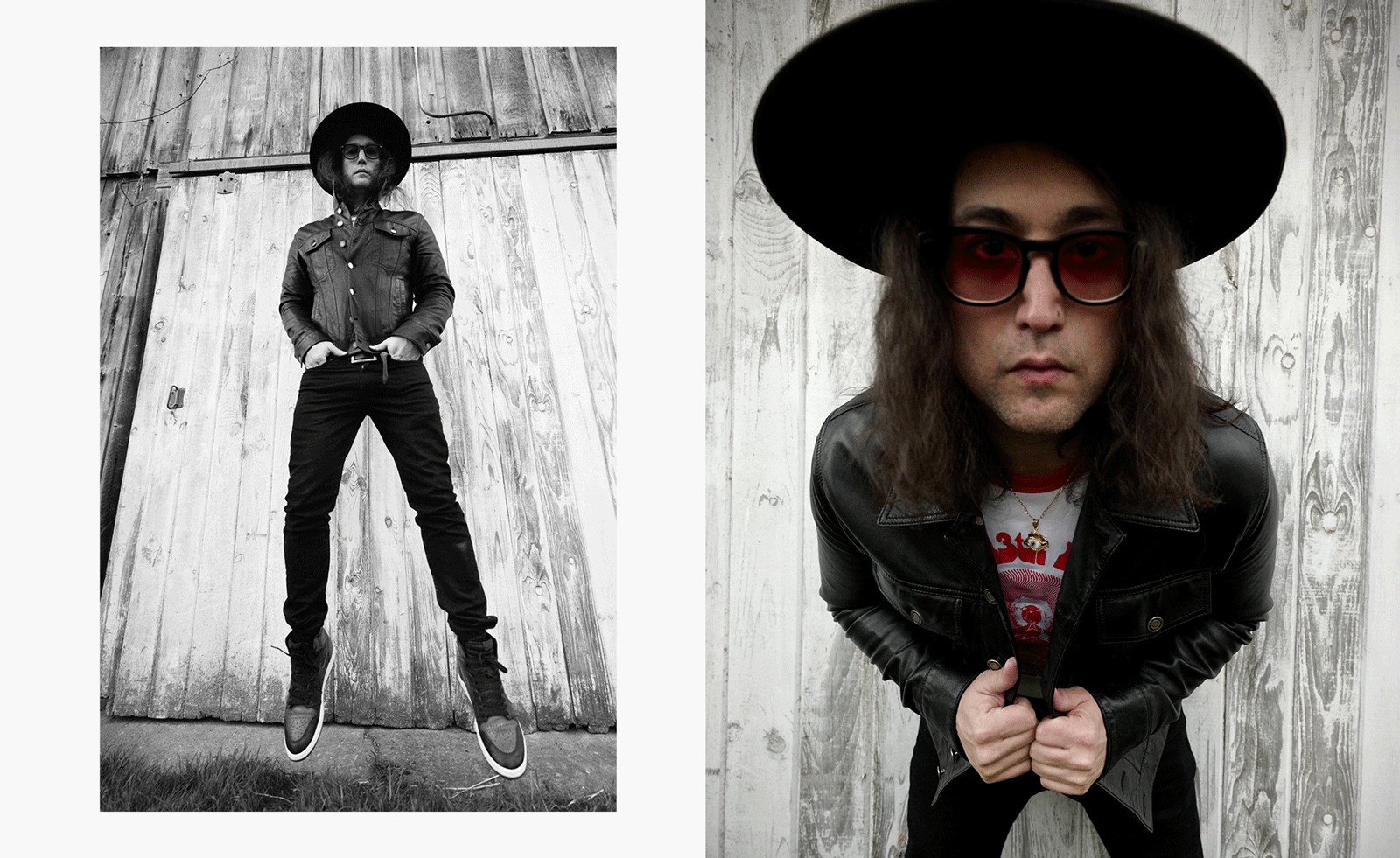 Sean Ono Lennon debuts music video for ‘Happy Xmas (War Is Over)’
Sean Ono Lennon debuts music video for ‘Happy Xmas (War Is Over)’The 11-minute feature, ‘War is Over!’, has launched online; watch it here and read our interview with Sean Ono Lennon, who aimed to make a music video ‘more interesting’
-
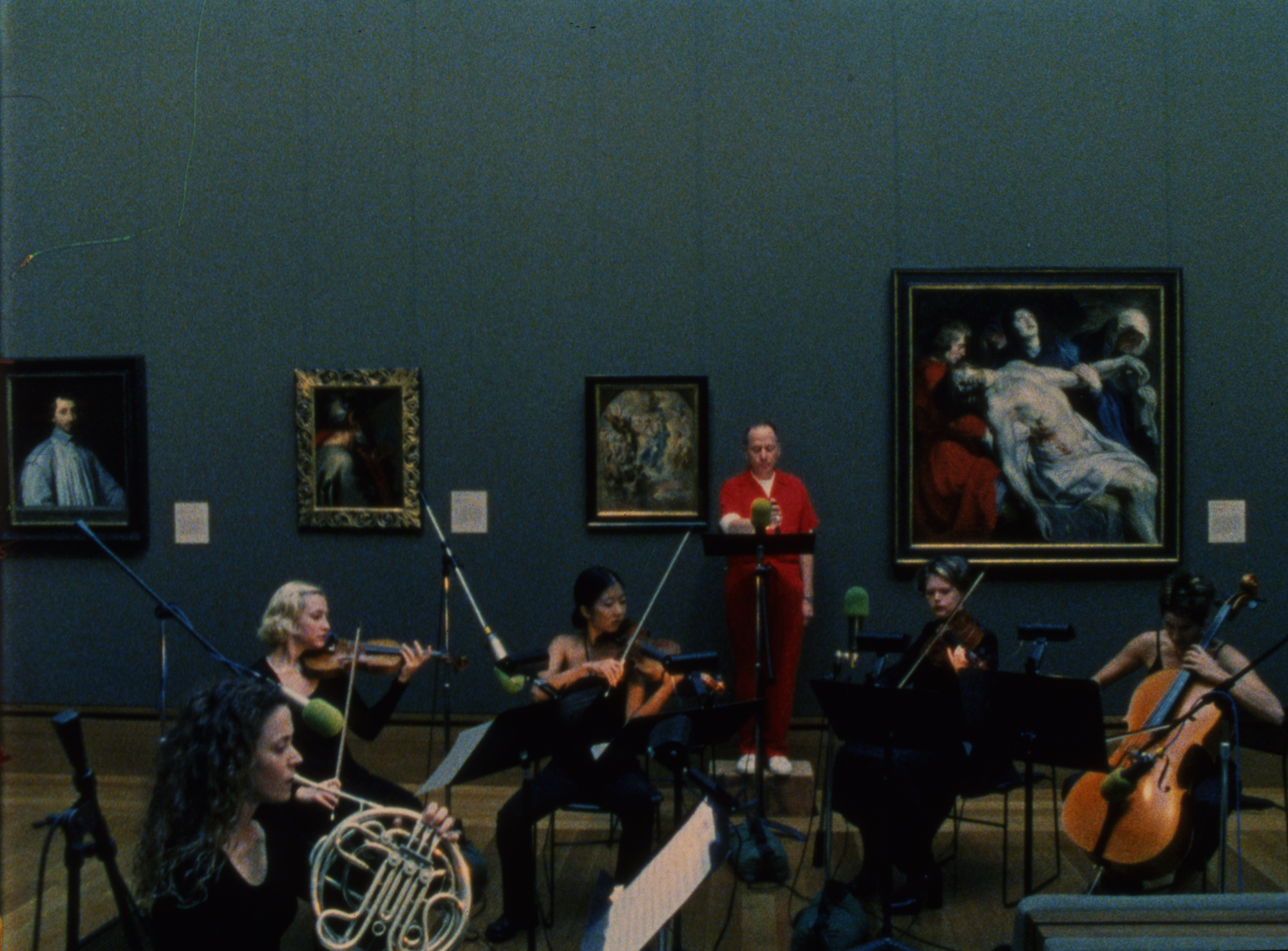 Stephen Prina borrows from pop, classical and modern music: now MoMA pays tribute to his performance work
Stephen Prina borrows from pop, classical and modern music: now MoMA pays tribute to his performance work‘Stephen Prina: A Lick and a Promise’ recalls the artist, musician, and composer’s performances, and is presented throughout MoMA. Prina tells us more
-
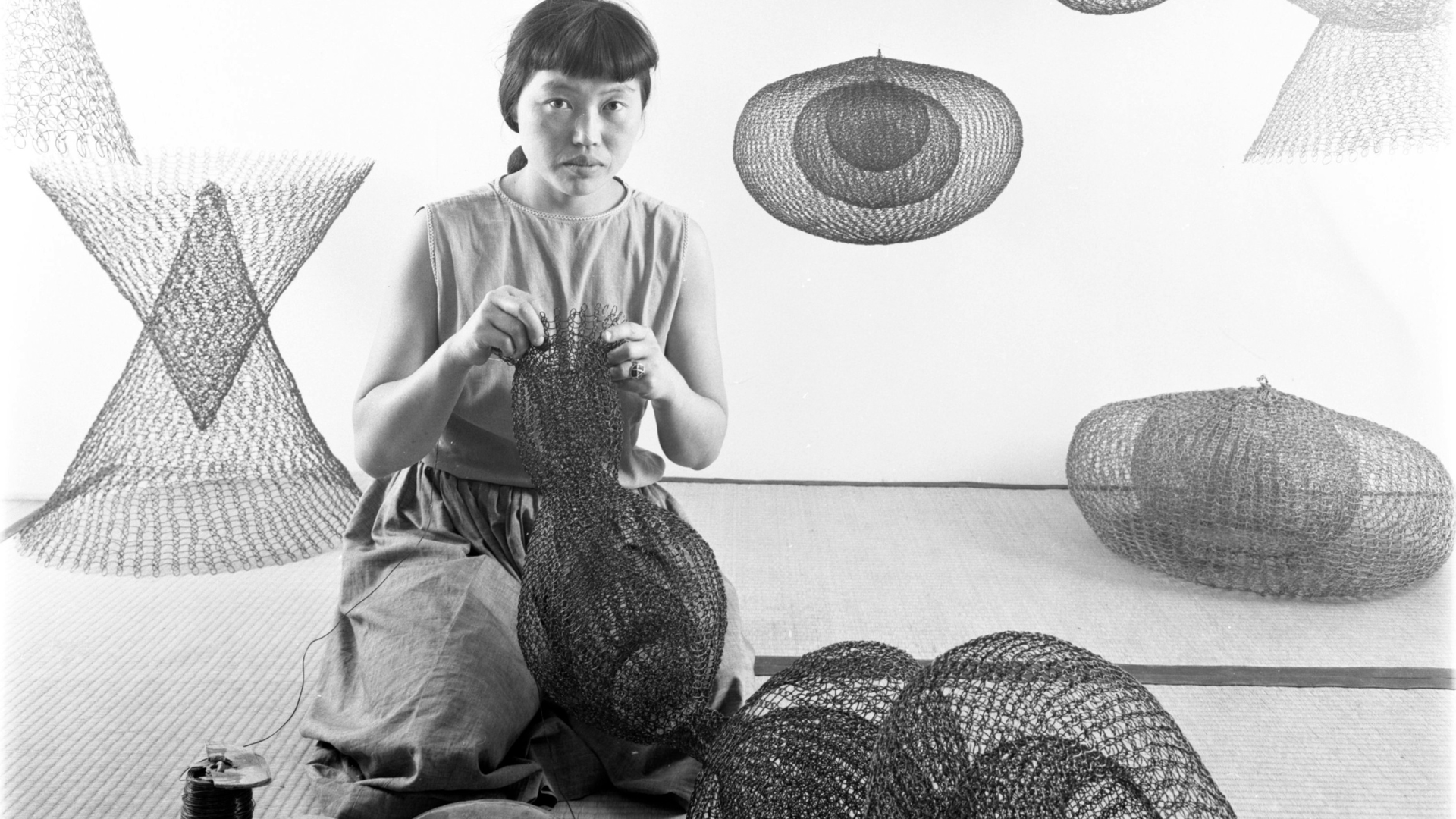 The best Ruth Asawa exhibition is actually on the streets of San Francisco
The best Ruth Asawa exhibition is actually on the streets of San FranciscoThe artist, now the subject of a major retrospective at SFMOMA, designed many public sculptures scattered across the Bay Area – you just have to know where to look
-
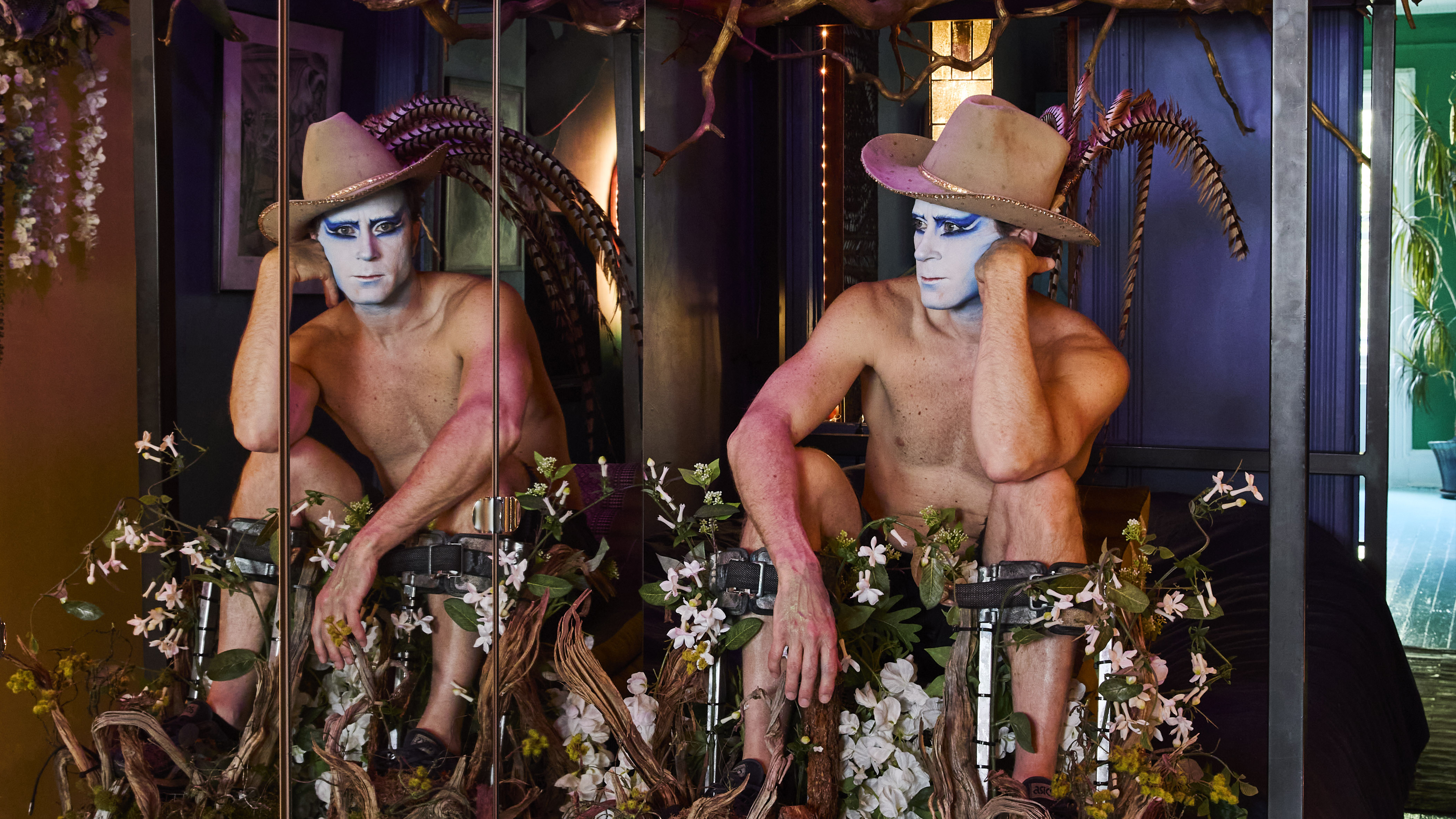 Inside the fantastical world of performance artist, Darrell Thorne
Inside the fantastical world of performance artist, Darrell ThornePerformance artist Darrell Thorne straddles multiple worlds, telling stories through transformation, reinvention and theatrical excess
-
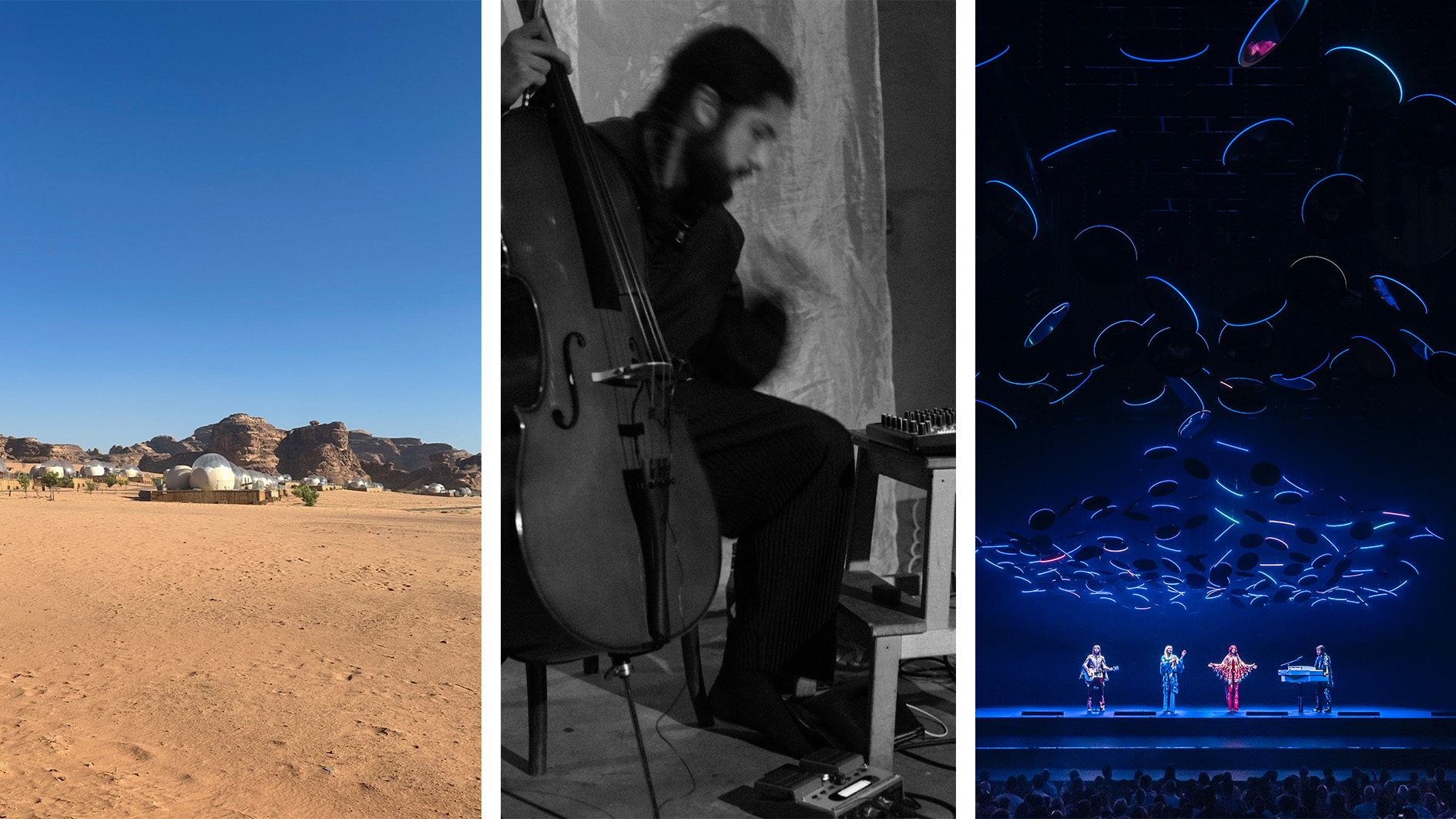 Out of office: what the Wallpaper* editors have been up to this week
Out of office: what the Wallpaper* editors have been up to this weekThis week saw the Wallpaper* team jet-setting to Jordan and New York; those of us left in London had to make do with being transported via the power of music at rooftop bars, live sets and hologram performances
-
 MoMA names Christophe Cherix its new director
MoMA names Christophe Cherix its new directorThe Swiss-born curator has worked in the Museum of Modern Art’s drawings and prints department since 2007
-
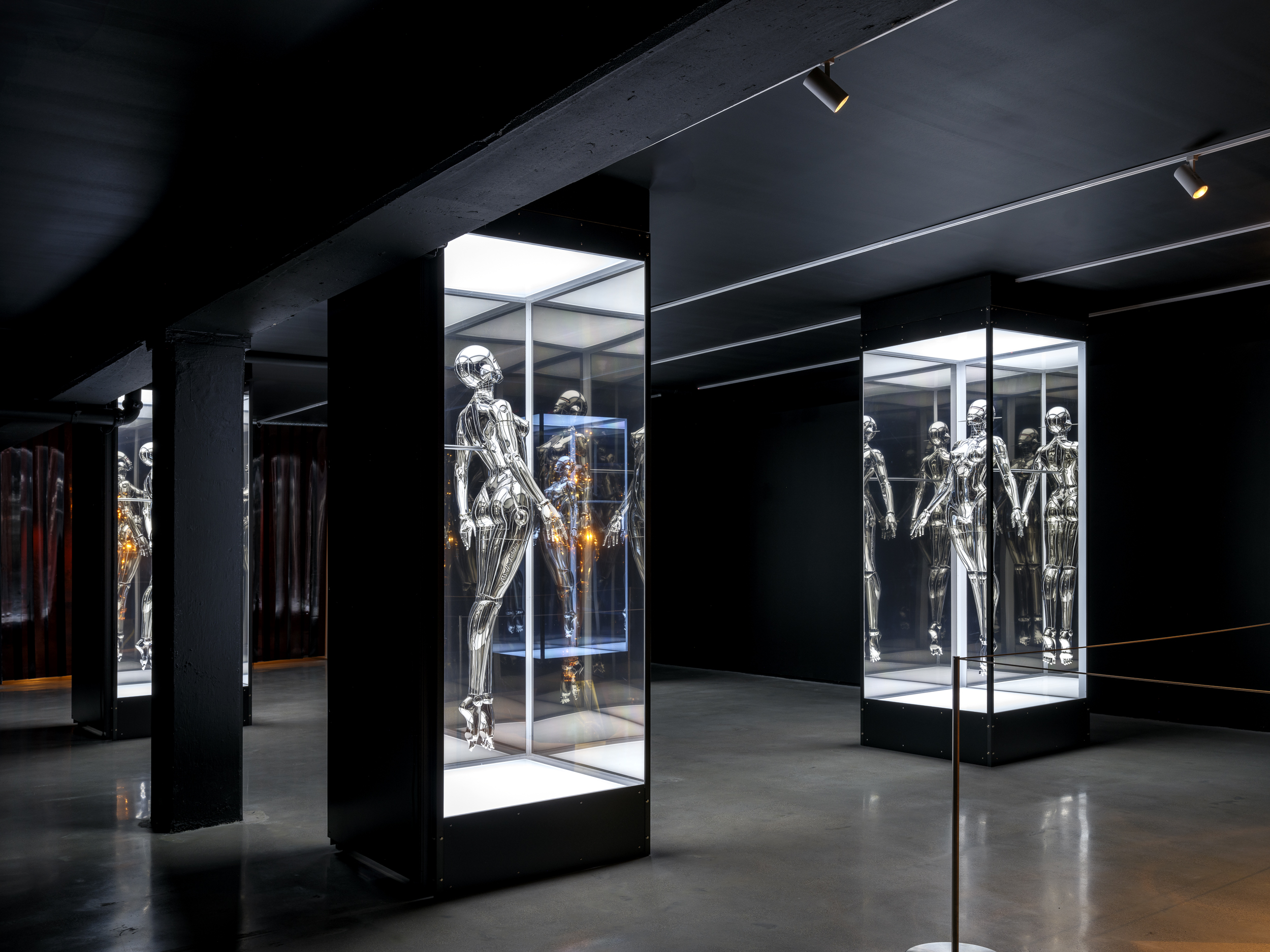 Miami’s new Museum of Sex is a beacon of open discourse
Miami’s new Museum of Sex is a beacon of open discourseThe Miami outpost of the cult New York destination opened last year, and continues its legacy of presenting and celebrating human sexuality
-
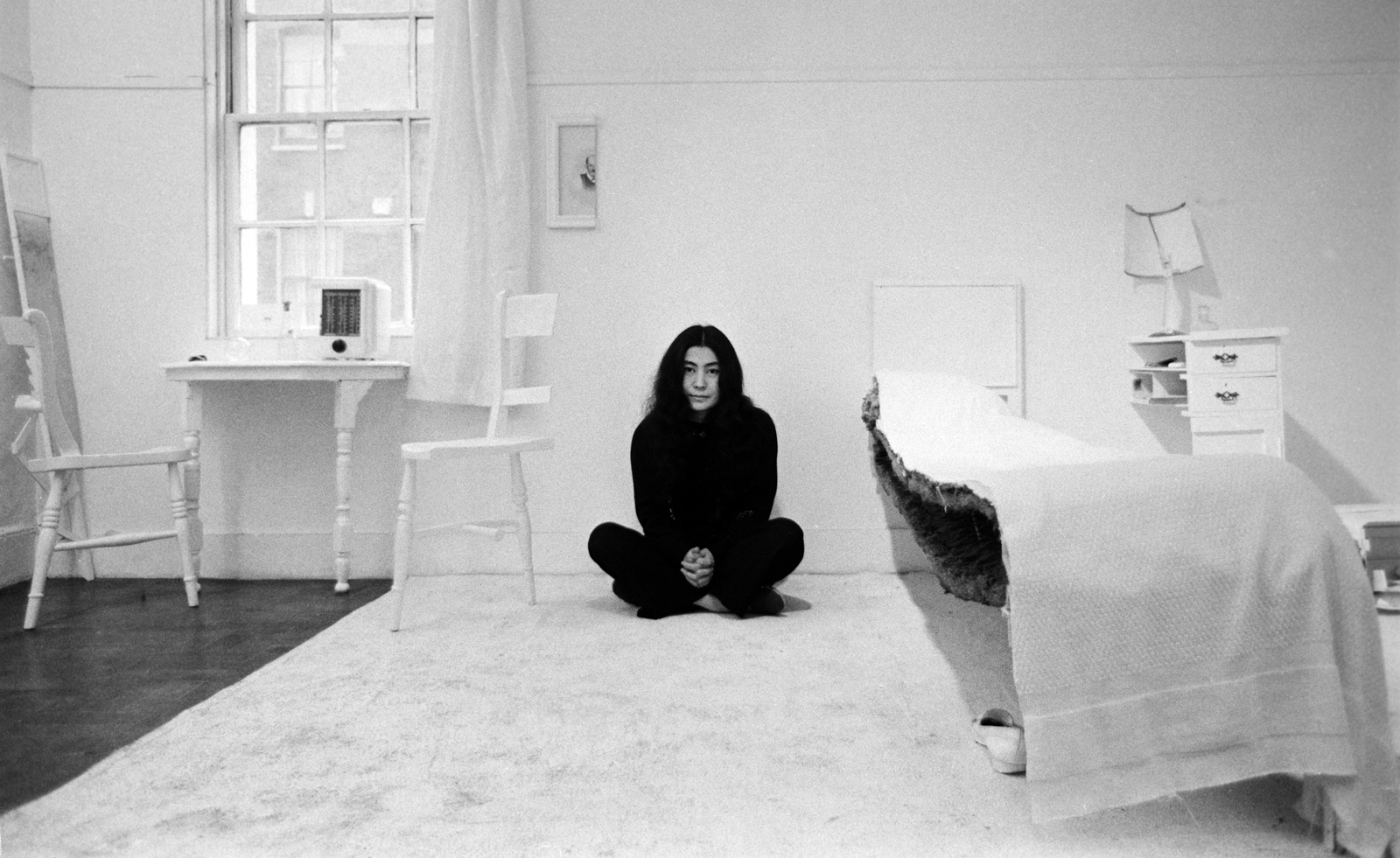 Step into Yoko Ono’s immersive world at Tate Modern
Step into Yoko Ono’s immersive world at Tate Modern‘Yoko Ono: Music of the Mind’ spans the artist and activist's work from the 1950s to the present day